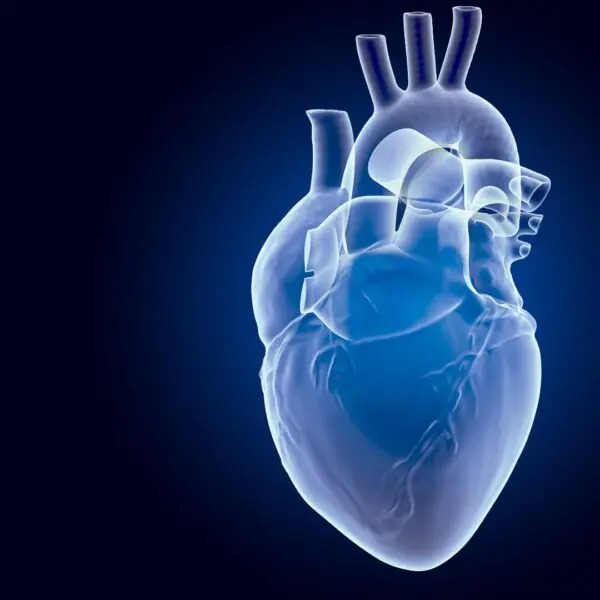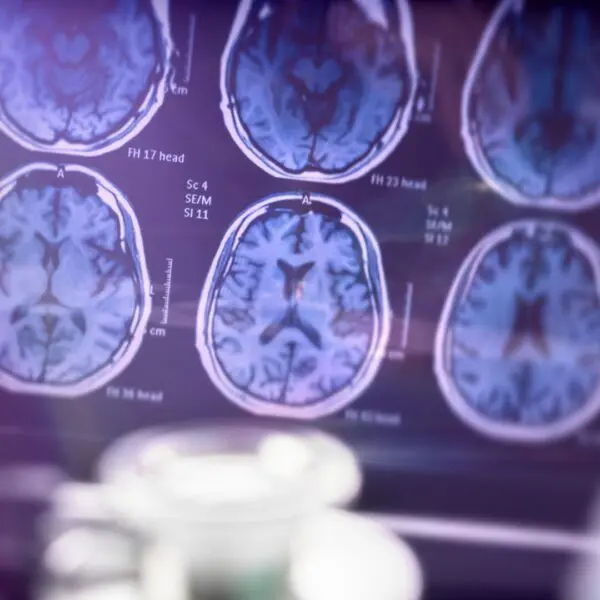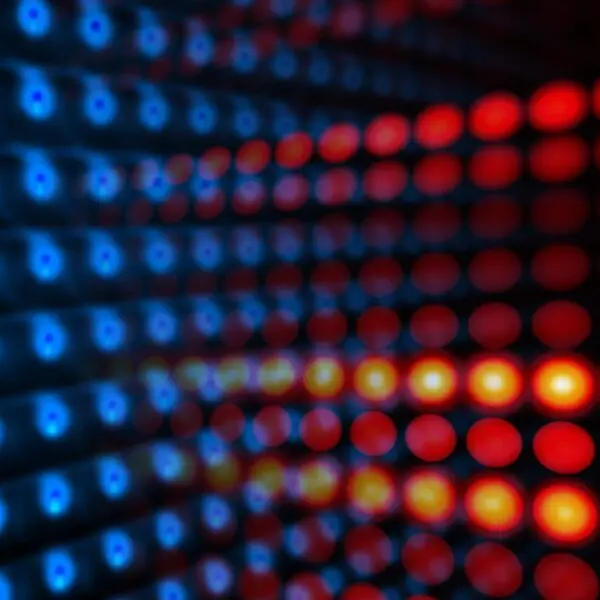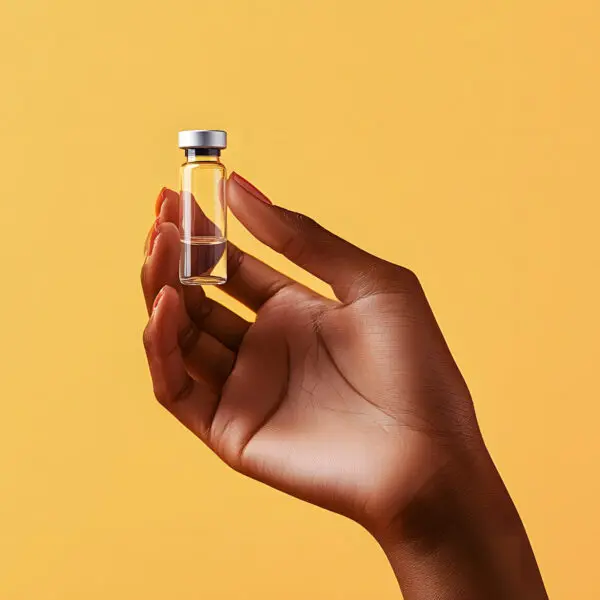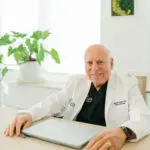Dr. Arnold Caplan has taught us that the new concept for mesenchymal stem cells is that they are medicinal singling cells. What they really do is cause immune modulation. They help manage regeneration. They help prepare the stem cell niche or environment for other stem cells to perform their regenerative duties. Perhaps a good analogy is to think of mesenchymal stem cells as a navy seal strike team. They have a mission to accomplish. They are designed to initially secure an area, but the eventual outcome depends upon the other forces coming in and getting the final job done. In the stem cell world, these other cells often will be hematopoietic stem cells, which are thought to be the drivers of regeneration. Furthermore, the hematopoietic cells will be sought to stage guerrilla warfare. Just like many times in the military the local people will be recruited to join the fight; the local cells will be recruited to engage in the repair. When the local cells get recruited, this is called the paracrine effect. This is a very important aspect of stem cell therapy.
The mesenchymal stem cell are many times derived from from cells that are found on blood vessels. The above diagram is from some work by Dr. Bruno Peault. We can see the pericytes which are found on the blood vessels. These pericytes are precursor mesenchymal stem cells. We now know these pericytes provide oversight for local tissue regeneration. The mesenchymal stem cells are many times released from broken and inflamed blood vessels. These cells can analyze their surround and help recruit other stem cells to the area. As more research has been done, we now know that there are a number of different types of mesenchymal stem cells. There are a number of different types found in the bone marrow aspirate. The question becomes, are we throwing away many of these mesenchymal stem cells when we centrifuge a bone marrow aspiration? They are of different sizes and densities, and it stands to reason that some of these cells may be discarded. Perhaps this may be one of the most important aspects of the new bone marrow aspiration needle from Marrow Cellutions that eliminates the need for centrifugation. Time will tell.
Thanks, Dr. P
